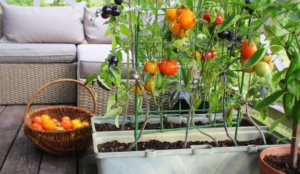Things to Focus on When Looking at Nutrition Labels

Packaged foods have nutrition labels containing important information that you can use to improve your health. Here are some tips to help you interpret these facts on food labels.
Focus on Portion Sizes
Food labels include information on the number of servings per container and the size of a serving. Some products have labels that list information for one serving and for the entire package.
People often eat more than one serving at a time and consume a lot more calories, sugar and fat than they realize. That’s why it’s important to pay attention to portion sizes. If you buy a package of cookies, for instance, and the label says that a serving is two cookies, but you eat four, you will have to double all the numbers on the nutrition label to figure out how many calories and how much sugar you are actually consuming.
Look at Information on Calories, Fat, Sugar and Nutrients
The nutrition label will tell you the number of calories in one serving. People need about 2,000 calories per day on average, but you may need more or less, depending on your gender, body type and activity level. Eating too many calories and not exercising enough can lead to obesity.
The label will tell you how much fat, sugar and nutrients are included in one portion. It will provide information on both naturally occurring sugars and sugars that have been added to processed foods.
The label will also include information on the “percent daily value” for fat, sugar and nutrients. If a label says that a food contains 10 percent of the daily value of fat, for example, that one serving has 10 percent of the total amount of fat you should consume in a day. Daily values are based on a 2,000-calorie diet. If you need fewer calories than that, or if you eat more than one serving, you may quickly reach or exceed the total amount that you should consume in a day.
High amounts of saturated fat, cholesterol, sodium and sugar can lead to a variety of health problems, such as diabetes and cardiovascular disease. Be careful not to eat more than the recommended daily values.
Nutrition labels will also include information on the amount of nutrients, such as vitamins, fiber and calcium included in the food. Look for products that are high in healthy nutrients.
Know What You’re Putting in Your Body
It’s easy to choose foods that taste good and to consume more unhealthy substances than you should. Understanding how to interpret the information on nutrition labels and comparing products side by side can help you make healthy choices for yourself and your family.









